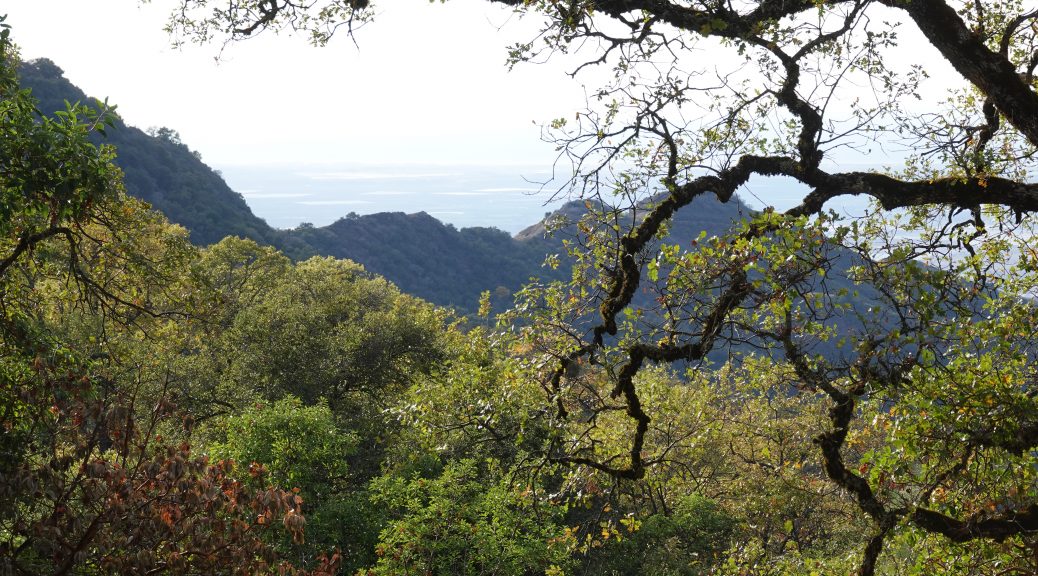
Fremont Peak
It’s hard to say who treated the Native Californians worse, the Spanish missionaries who enslaved them in the name of converting them to christianity or the later American settlers who embarked on a program of systematic genocide without the cover of religion. This weekend we stopped at Fremont Peak State Park, where in 1846 Fremont first raised an American flag in an attempt to claim California for America before being chased off by the Mexicans who owned it at the time. Fremont left northwards encouraging American settlers to rebel against Mexican rule, and indiscriminately slaughtering indigenous people on sight. This included the Sacramento River Massacre, an unprovoked attack in which his soldiers wiped out an entire village of several hundred peaceful men, women, and children.
On the way we stopped at Mission San Juan Bautista, which is just off highway 101 south of Gilroy.

The eponymous town is just outside the Silicon Valley commuter belt, so it has escaped urban sprawl, and has a pleasantly rustic downtown with several old adobe and wooden buildings.

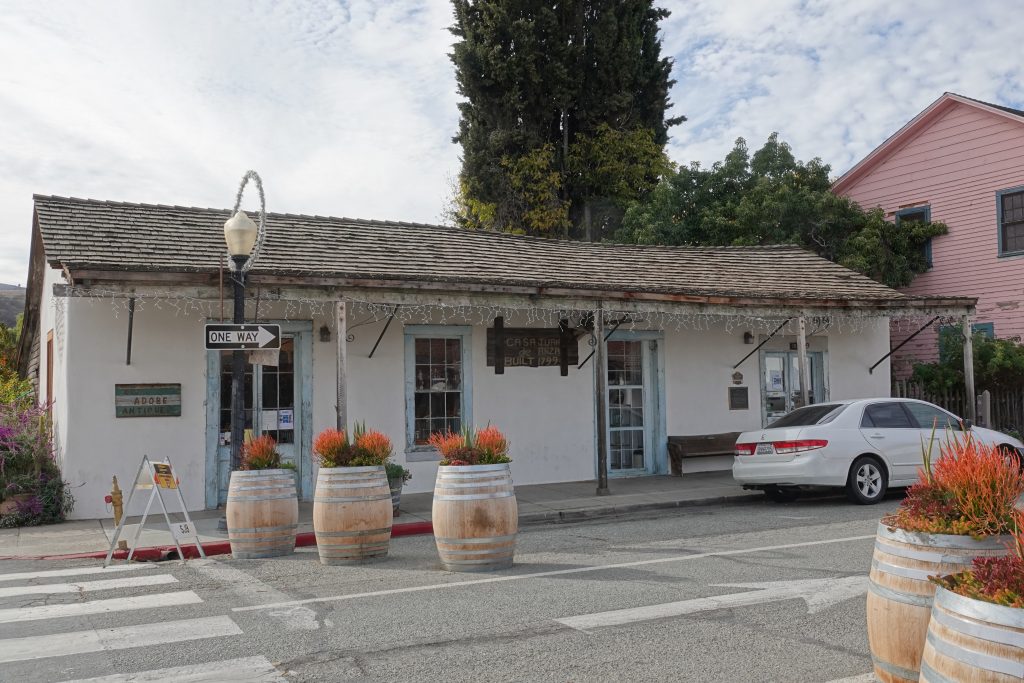

This one is an adobe building with a wood frame – early California fusion architecture – the strength of the wooden frame allows it to have a second story and larger windows than a traditional adobe building. It was built about 1838 for José Castro, who sold it in 1846 to Patrick Breen, a survivor of the Donner party.
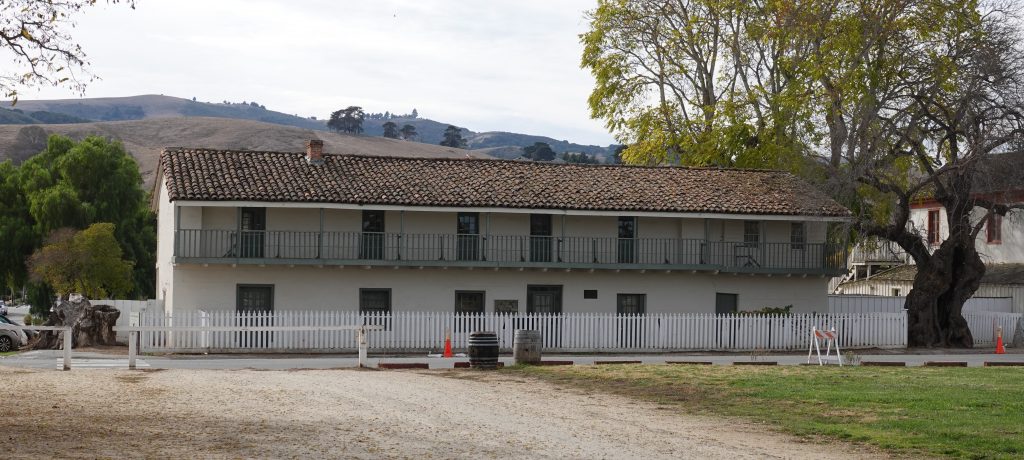
It’s now a museum, and part of a state historic park, which is currently closed due to the plague.

Outside the mission church there is a statue of St John the Baptist trying to get something off the top shelf.

On the plinth are the symbols of the four evangelists, the eagle, the lion, the ox, and the angle, but americanised so the ox has become a bison…

… the lion is a mountain lion…
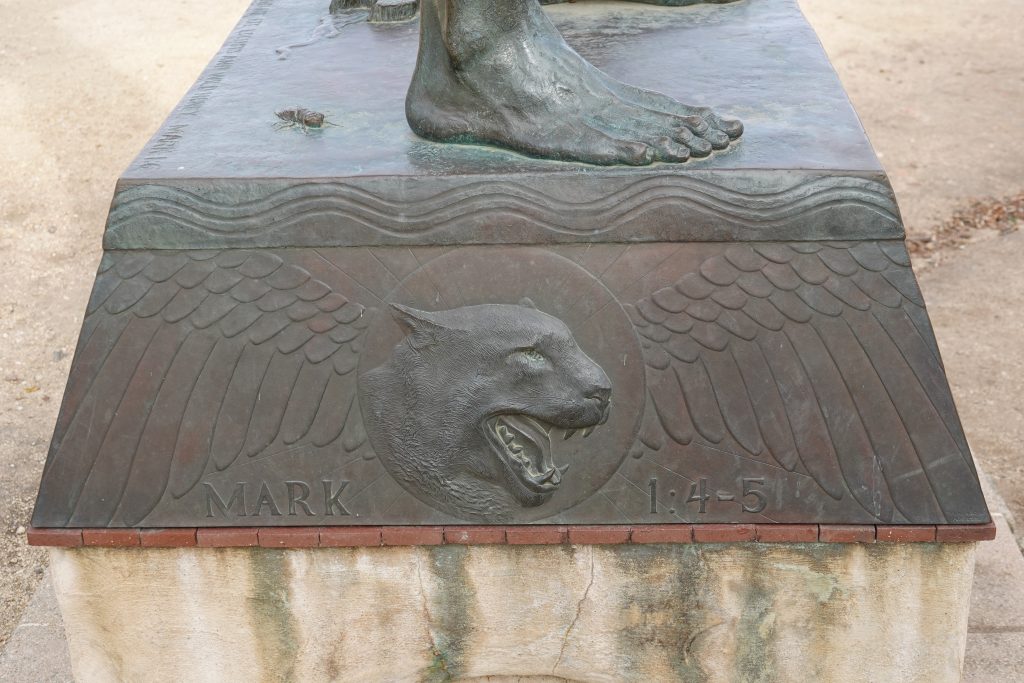
… and the angel looks distinctly like one of the indigenous people enslaved by the missionaries and slaughtered by Fremont.
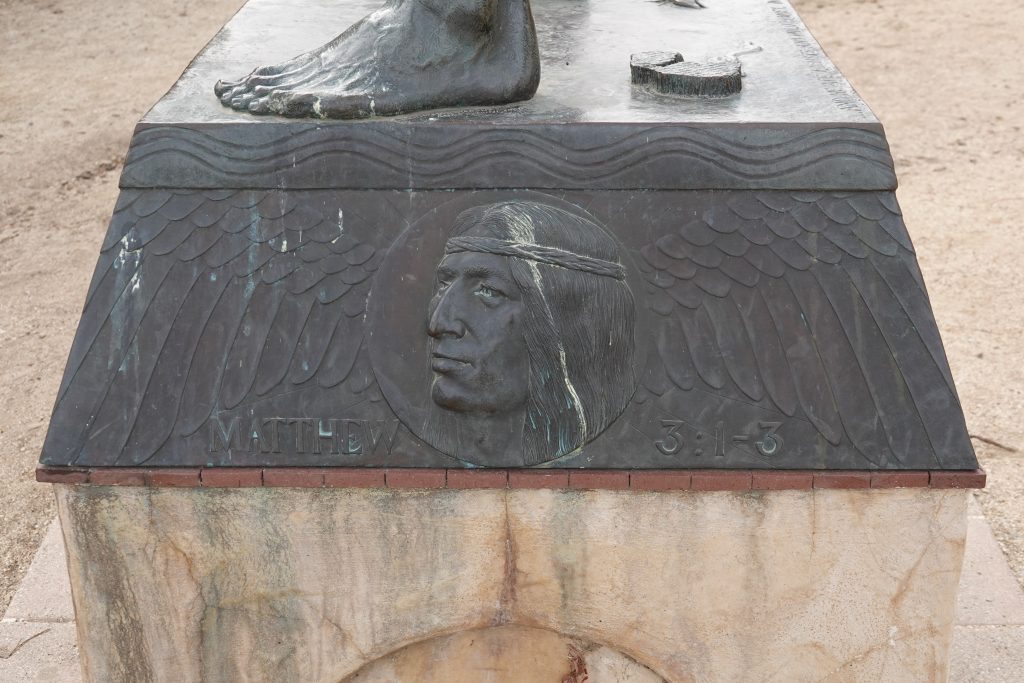
The campground at Fremont Peak is just below the summit, at about three thousand feet. Our campsite had an ocean view.
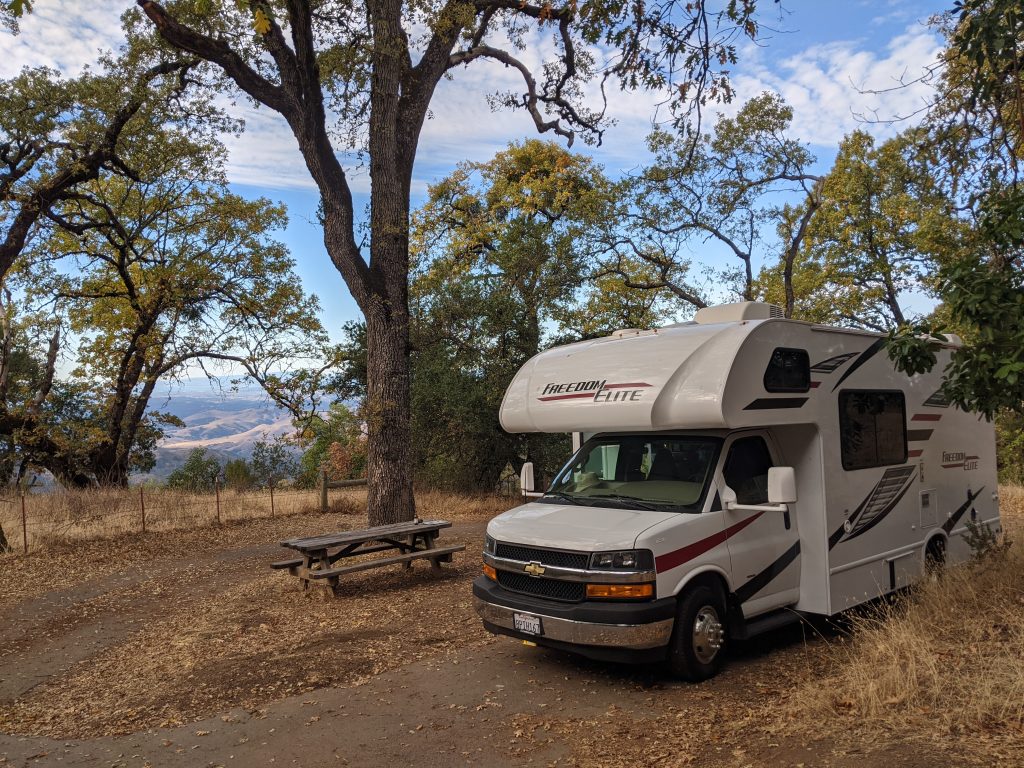
The park has an astronomical observatory (closed due to the plague), hiking trails, and a fine selection of radio masts.
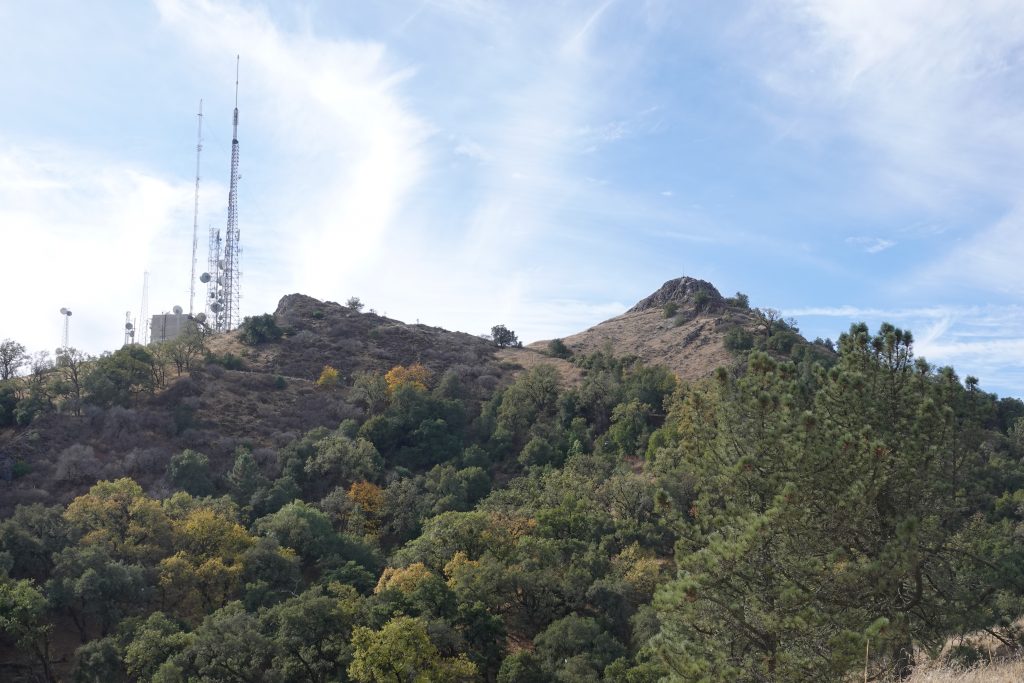
The woodland is mostly oak and madrone, which is typical at medium altitudes in California. We didn’t see any mammals, apart from one gopher who emerged next to our picnic table…
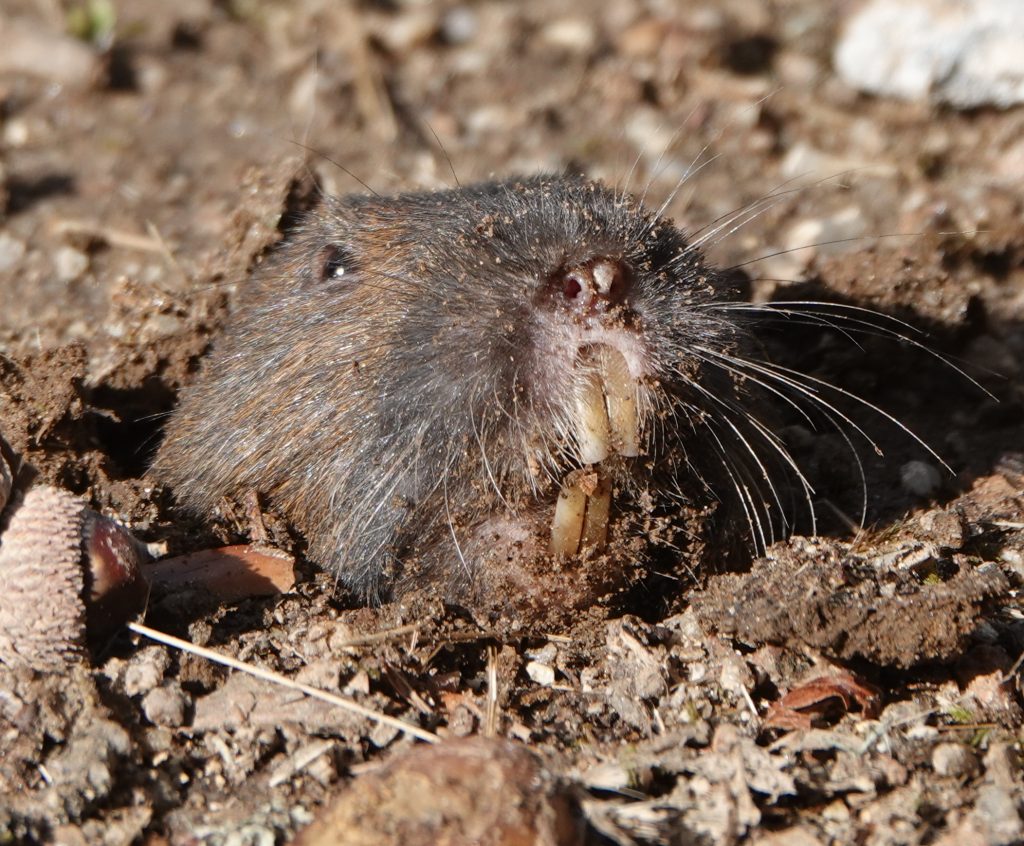
… but there were lots of birds. A couple I had not seen before: The Band-tailed Pigeon…
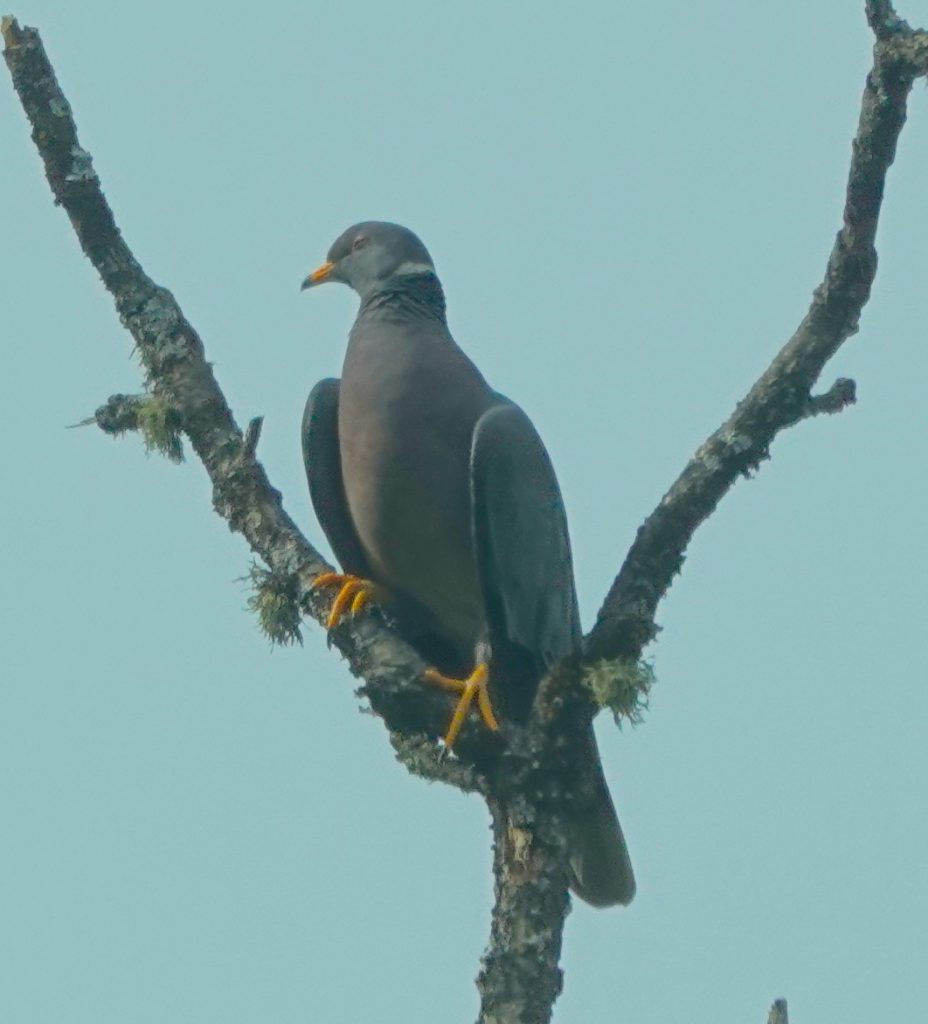
… and the handsome Acorn Woodpecker.
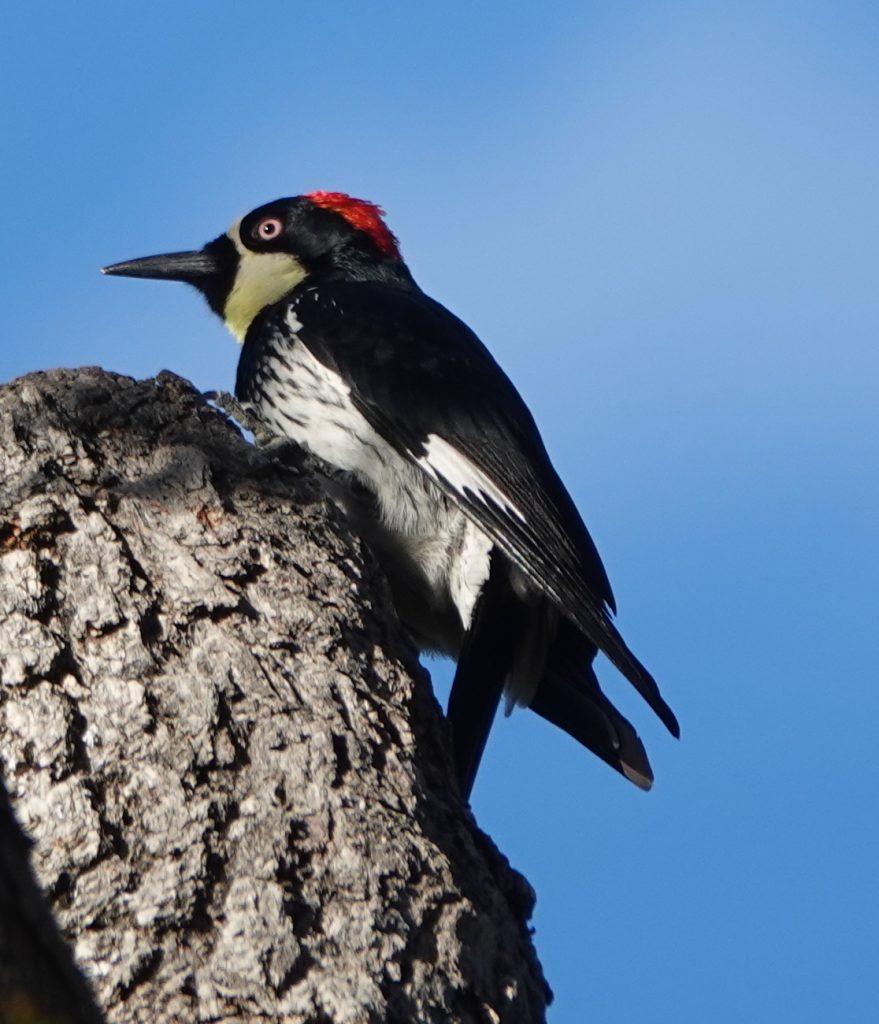
Then on our way out, there was a flock of California Quail on the road.
